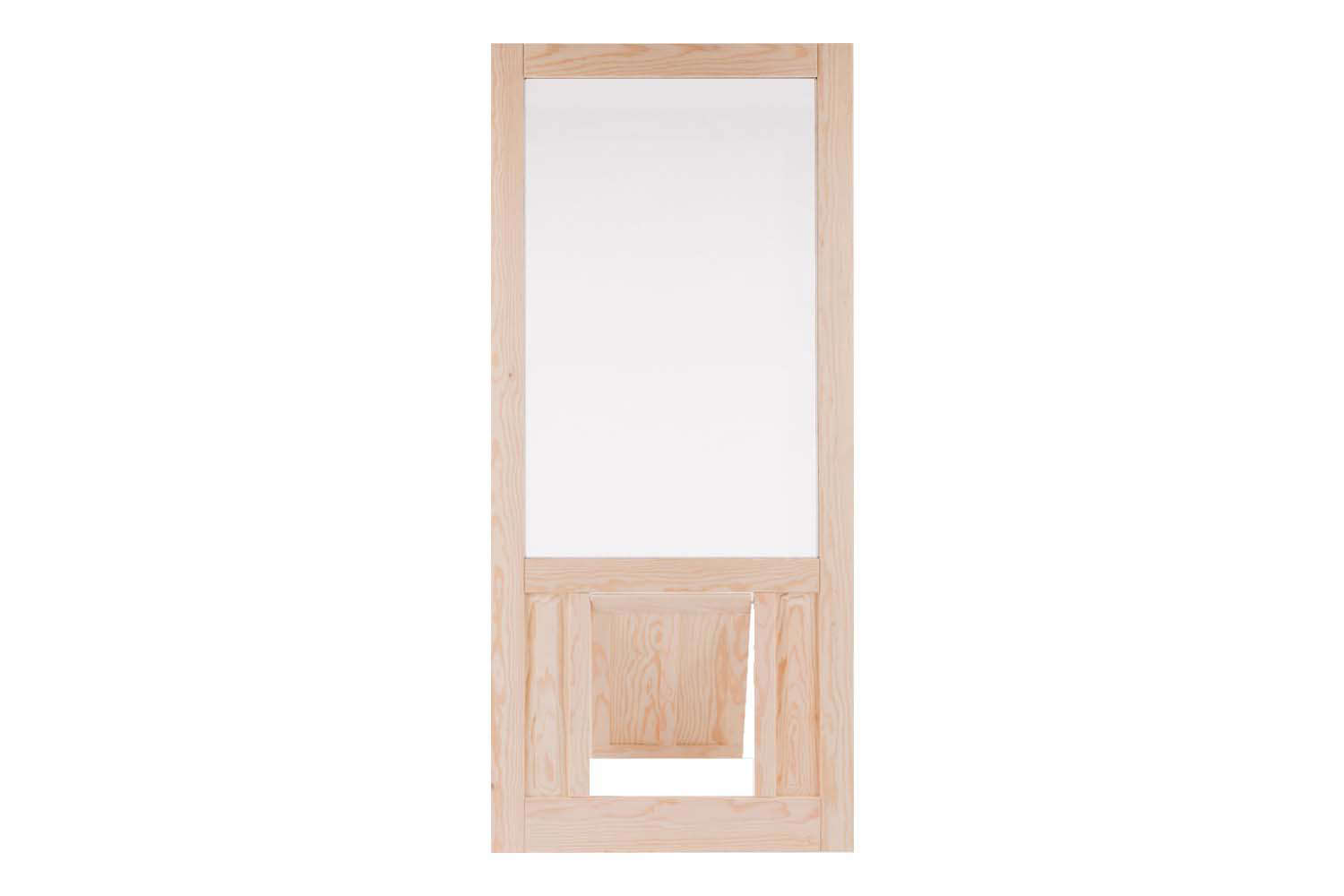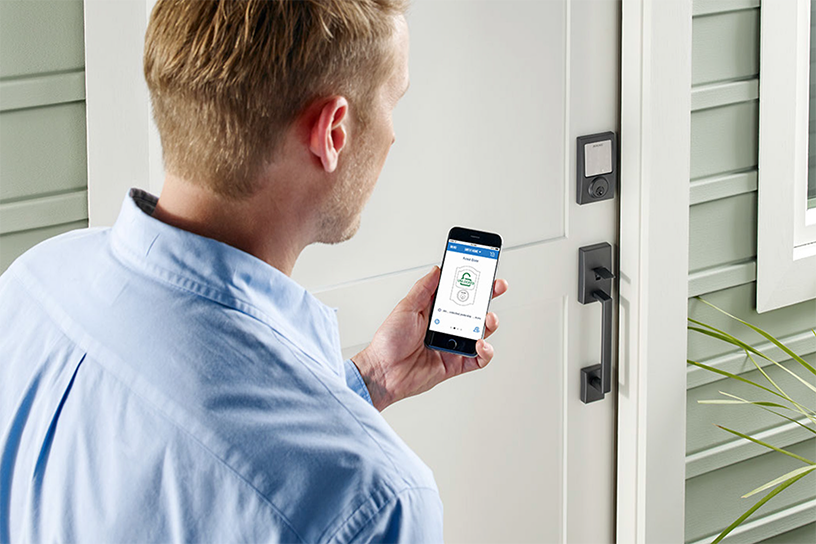
Before installing a screen doors, measure your doorframe. You can measure multiple heights and widths with a putty-knife. Next, drill the holes in the z bar by pre-drilling them.
Pre-drilling the holes to support the z bar
Pre-drilling the holes for the Z-bar is a good idea if you are installing a screen door. The zbar is a trim part that fits under the top case. Drilling the holes before you install the door will prevent cracking the wood.
The z bar is aluminum and should be attached to the hinge side. The hinge-side bar should extend 1/8 inches (0.3 cm), beyond the top of your door. This will ensure that hinges do not touch the drip cap when the door closes and opens.

Multiple height measurements
Multiple height measurements are necessary if you want to buy a screen-door. You will need to know the exact dimensions of your door opening, as well the height and location of any moldings. Multiple measurements can be taken to determine the width of your screen doors.
You will first need to measure your screen door's height. You can use a tape to measure the height of your existing screen door. Hold the tip of the tape measure against the interior edge of the door trim. This is the end that touches the door jamb. Measure the distance from the screen door's edge to the sill for a door sill with a slanted border.
A putty knife is a good choice.
To measure for a screen door, you can use a putty knife. This tool looks like a cleat with an angled blade. This tool allows you to easily trim the screen material to fit the frame. Next, you can use a utility knife or a razor to remove any excess screening.
First, you'll need to measure the old door. This will allow you to determine how large your new screen doors should be. Take off the interior trim to measure the rough opening. This is measured from the floor to the head and the width of the space between the two studs. Also, measure the jam width as well as the exterior trim's elevation. These measurements will allow you to choose the correct-sized screen.

Multi-width measurement
If you're planning to install a new screen door, you should know the proper measurements. Screen doors are rectangular shapes that fit into an exterior door's frame. Measure the width of your door by taking multiple measurements. Begin at the bottom right corner and work your way to the top left corner. A measurement may be taken from the bottom sill of the top frame to the underside.
You should measure the screen doors from multiple points in order to get an exact measurement. Measure the screen door from both the top and bottom edges, along with the middle. Next, measure from the middle of the door. Take a measurement from each side. Then subtract approximately 1/4 inch from the larger measurement. This will allow you to get a good fit.
FAQ
Do motion sensors have alarms
There have been motion sensor alarm systems for decades. They have grown in popularity due to increasing burglaries and thefts. These alarms are too costly and won't work in cabinets. A motion sensor alarm system can be a great way to protect your home against intruders.
Which home security company is best?
ADT is the best company for home security monitoring. They offer a 24 hour monitoring service for an affordable price. Their customer support team can be reached at any time of the day. They will respond to your queries within minutes.
ADT offers an Android and iOS app. So you can check your home anytime, anywhere.
What is the distinction between surveillance cameras and security cameras?
Surveillance cameras are used for monitoring purposes, while security cameras are used for protection.
Both cameras have their pros and cons. They capture different types of images. Surveillance cameras capture video in slow motion so you can observe what's really happening. Security cameras however, record video but not still photos. These images can be viewed later.
Statistics
- Depending on your insurance, 24/7 professional monitoring may qualify you for as much as 15% off your premium. (safewise.com)
- Most home security companies will charge you around 75% of the remaining term of your contract if you cancel early—and some require 100%.Related questionsWhat type of contract length can I expect from security providers?Home security system cancellation (safewise.com)
- Most home security companies will charge you around 75% of the remaining term of your contract if you cancel early—and some require 100%.Related questionsWhat type of contract length can I expect from security providers?Home security system cancellation (safewise.com)
- Related questionsHome security systems that are 100% DIY (safewise.com)
External Links
How To
How to Install Home Security Systems
A home security system is a device that monitors your property and alerts you if there's any activity. It could consist of a motion sensor and doorbell camera as well as smoke detector, smoke detectors fire alarm, flood alerts, carbon monoxide detectors and burglar alarms. A home security package usually includes one or more sensors (e.g. a motion detector), which send signals whenever they detect sound or movement. The signals are then sent out to a control board where they can monitored and recorded. If there's something wrong, like someone breaking into your house, the control panel sends out an alert to your phone, tablet, computer, or voice assistant. You'll know what's going on and can take action immediately.
You must first choose the right kind of sensors for you home in order to install a home alarm system. There are two main types of sensors: passive and active. Passive sensors don't require batteries; they just pick up sounds and vibrations from their surroundings. They include doorbells, sirens and buzzers. Active sensors use electricity to transmit data. Some examples of this kind of sensor are cameras and motion sensors.
There are many options for sensors. Each brand comes with its own pros and cons. For instance, some sensors can be weatherproof while others don't. Some sensors have built-in speakers, so they can be heard even when you're not outside. Others only work inside. Some are simple, while others offer advanced features such as night vision.
After choosing the best sensor type for your property you can choose a manufacturer. This will help ensure that your sensors work well together. You will find many options in your local hardware store.
Once you have selected a brand of sensor, you need to decide the number you wish to buy. Depending on whether they live with family members or alone, most people purchase one or two sensors. However, if you plan to add additional sensors later, you might consider buying extra than you think you'll need now.
Next, consider where you want to put your sensors. Do you want them near doors and windows? Are they best kept hidden? Before placing them on your property, get permission. It is important to ensure they do not interfere with electrical outlets.
Now that you know where you want to put your sensors, you'll need a way to connect them to your control panel. You may need a power adapter, or battery pack depending on the setup. Once everything is in place, you can start to monitor your property.